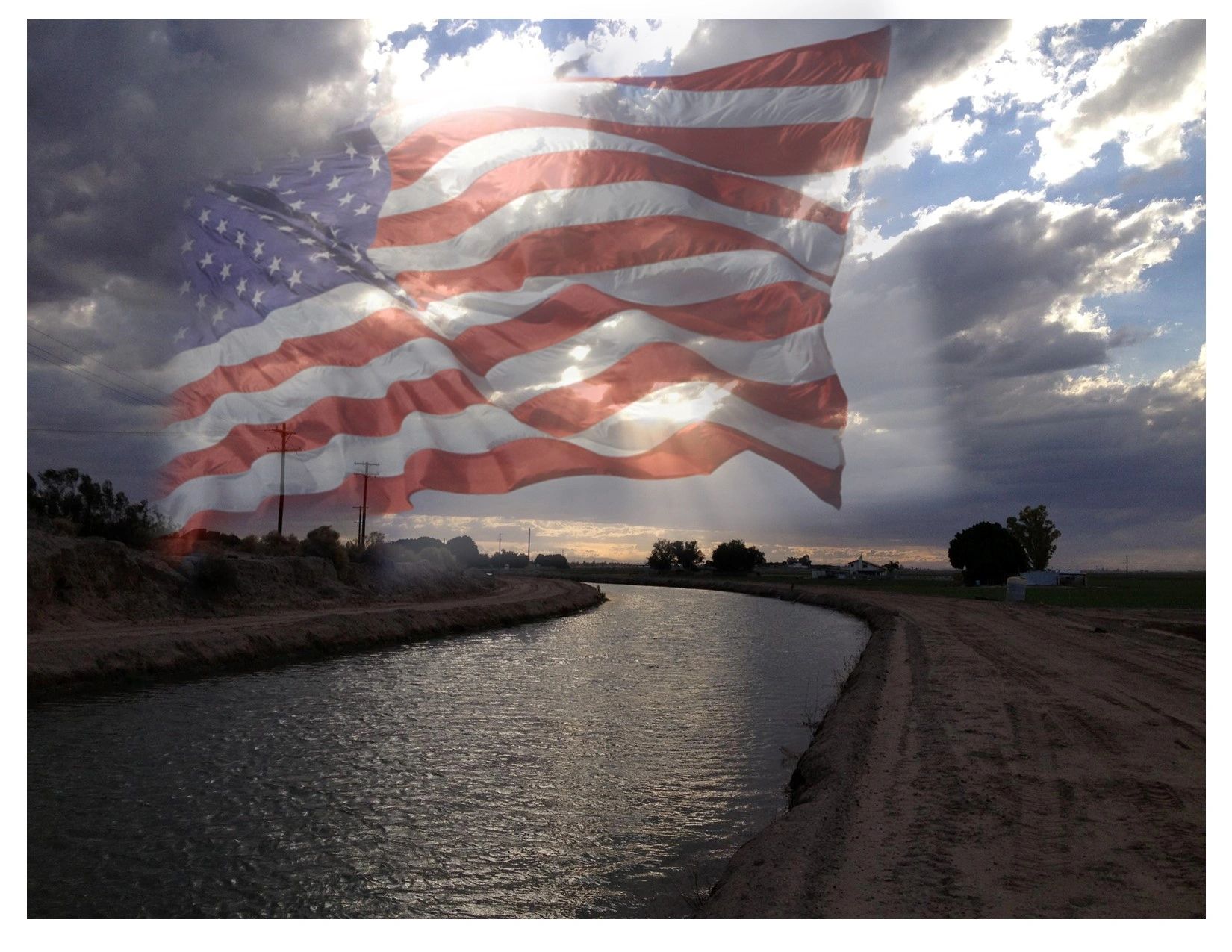
Given this context, we think it improbable that the legislature intended to authorize irrigation districts to sell electric power within district lines, but prohibit them from selling it on the outside. This remained true in 1931, when subsection 15 was added. The Arizona Legislature adopted the Act in 1921, at a time when Arizona was largely a rural, undeveloped state, with many areas lacking access to the modern conveniences of water and electricity. §§ 48-2901 to -3256, is modeled after the Wright and Bridgeford Acts of California, which date back to the late l800s. ¶ 16 The Irrigation District Act ("Act"), A.R.S.They derive their powers from the constitution and statutes of Arizona. Once organized they become political subdivisions of the state. ¶ 6 Irrigation districts are entities of statutory creation.We have jurisdiction pursuant to Article 6, Section 5( 3), of the Arizona Constitution.
#HOHOKAM ELECTRIC COMPANY TRIAL#
Because we answer in the affirmative, we vacate the decision of the court of appeals and reinstate the trial court's grant of summary judgment in favor of the Hohokam Irrigation and Drainage District.


Cooperative utilities are owned by the customers they serve. Municipal utilities may actually include territories outside of city limits or may not even serve the entire city.

Publicly owned utilities include cooperative and municipal utilities. Public utilities may be publicly or privately owned.

Public utilities are subject to forms of public control and regulation ranging from local community-based groups to statewide government monopolies. The Department of Public Utilities provides and/or regulates electricity, gas and water and sanitary sewer service for the County.


 0 kommentar(er)
0 kommentar(er)
